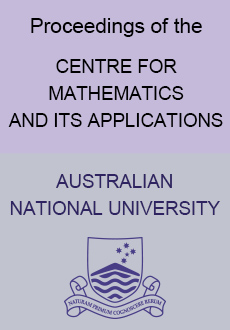Abstract
Shading, or brightness variation, exhibited within an image is a well-known cue for what is variously termed surface shape, depth, or form. As examples, artists commonly use tonal values in drawings to convey a realistic impression of 3-dimensionality, and make-up is sometimes used to give facial shape a flattering appearance. Just how shape might be recovered from shading has long been studied. However, it is only with the advent of computer vision in the last 25 years that substantial progress has been made. It transpires that the problem takes the form of a first-order partial differential equation. The pioneering automated method for determining surface shape from image shading was based on the use of the equations of characteristic strips. This suffered from several drawbacks which were partly overcome with the introduction of parallel schemes, based on minimisation techniques, for use on a 2-dimensional rectangular grid. Typically, these schemes are directed at recovering components of surface normals defined over a region of the image. Recovery of actual depth is left to a subsequent stage of integration. The variational calculus has now become the standard mathematical device by which new schemes are developed. It has also served as a useful means by which their shortcomings may be analysed and rectified. This paper presents the major iterative techniques in the field, and discusses various open problems and difficulties that remain.
Information


